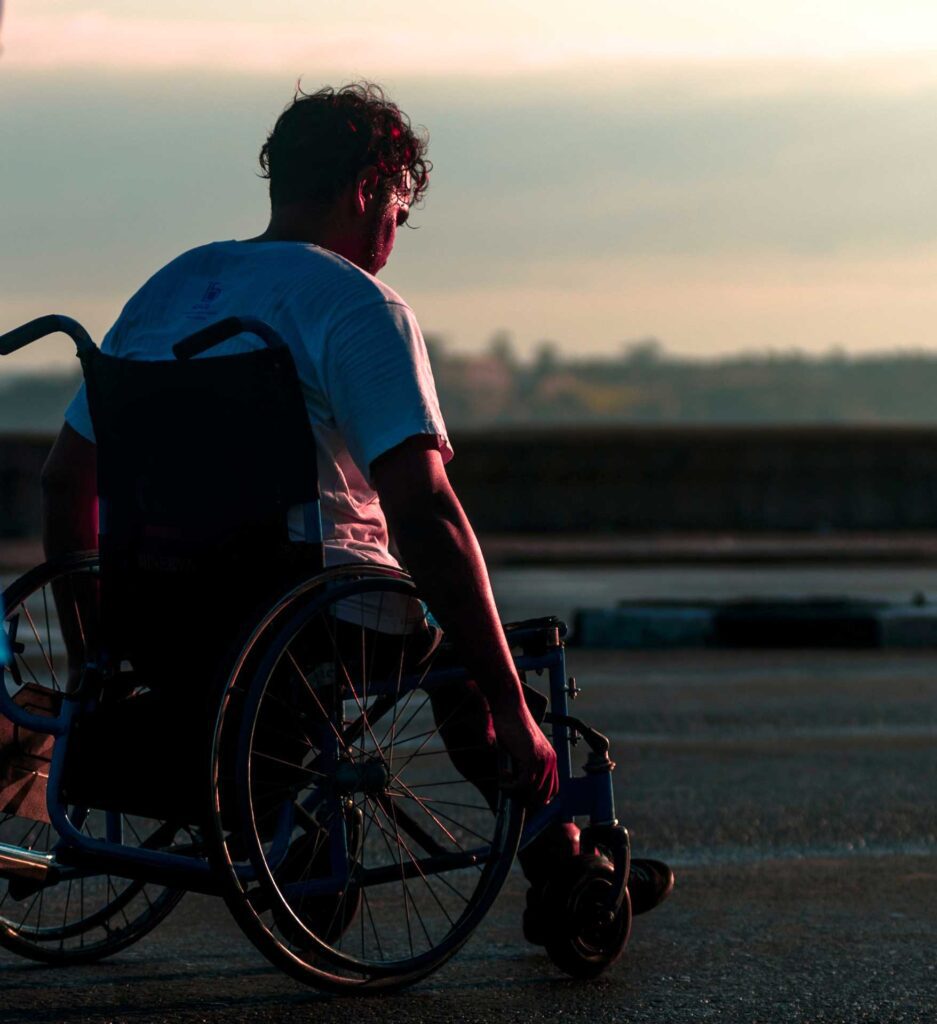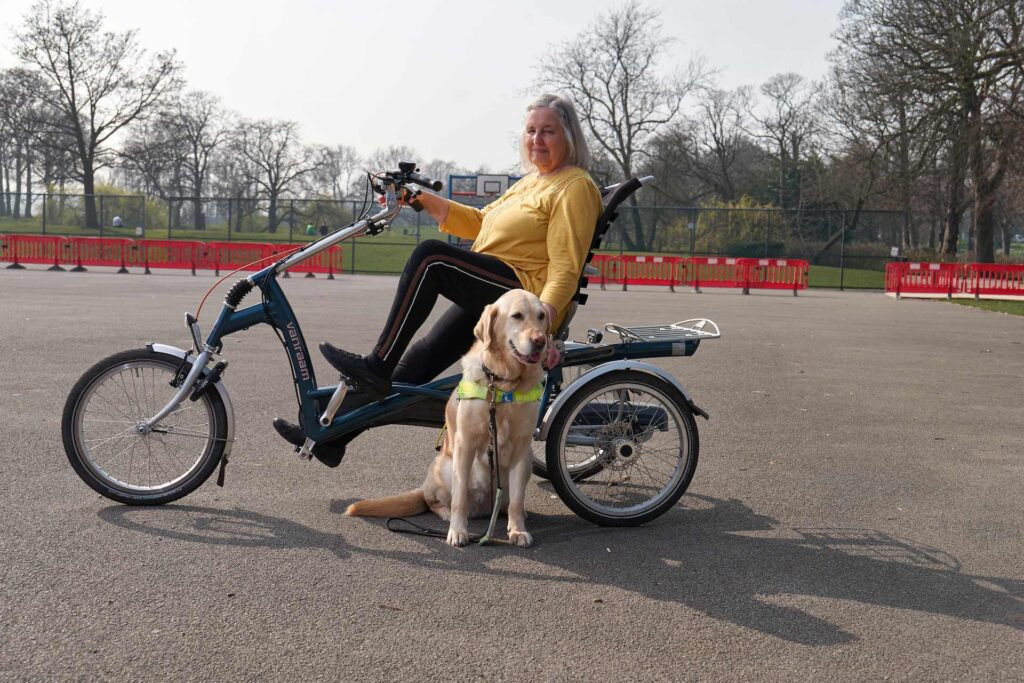We provide funding for supports to younger individuals who permanently reside in a Commonwealth registered RACF. All facilities must be registered under the Aged Care Act.
Residents must also meet the eligibility criteria for residing in a RACF under the Aged Care Act, which is assessed by the Aged Care Assessment Team (ACAT) through the Aged Care Assessment Service (ACAS) process.
If you are an NDIS participant and were living in a RACF prior to turning 65, you have the option to remain a participant and continue receiving our support once you reach that age.



